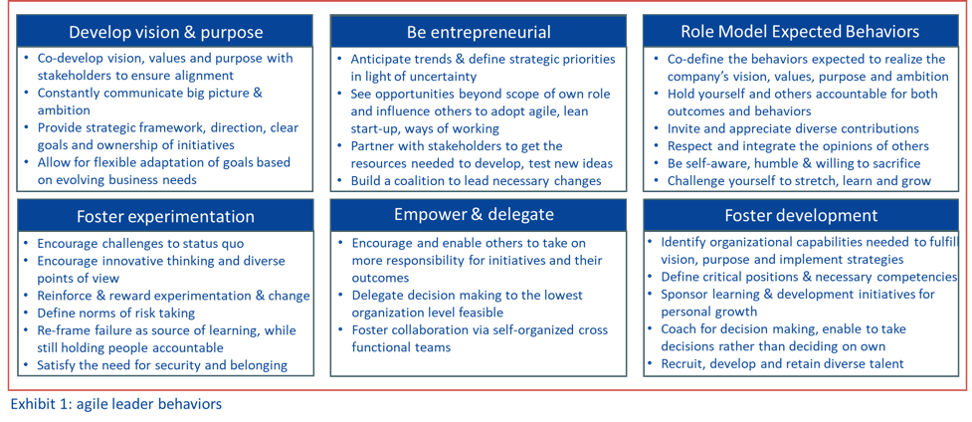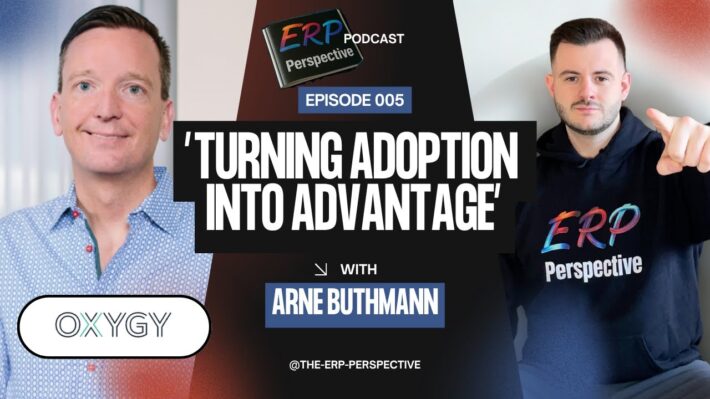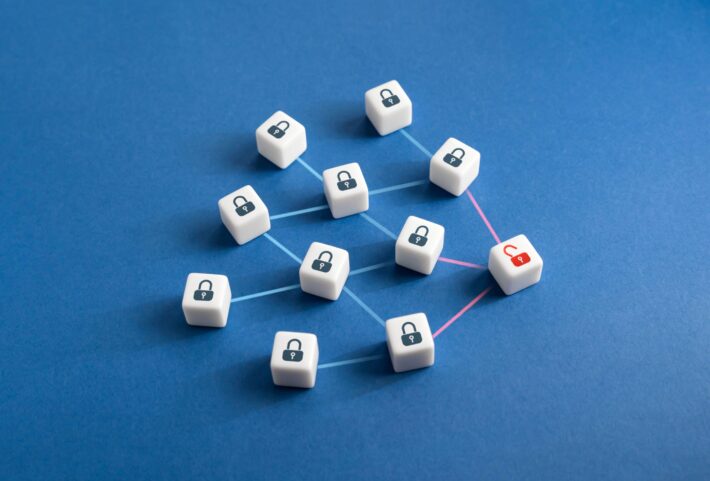- Agility has become a key organizational capability to thrive in uncertain times
- Leaders play a pivotal role in creating adaptive and agile organizations. Be aware of your leadership beliefes.
- 6 core leadership attitudes, skills and behaviors are important for embodying agility yourself and fostering agile way of working across the organization
Introduction
Agility has become a key organizational capability needed to adapt and change in a timely manner to thrive in today’s unpredictable world. Leaders play a pivotal role in creating adaptive organizations. As architects of an organization’s vision, purpose, strategy, structure and processes, leader heavily influence how agile their organizations operate. As role models, leaders strongly influence how agile an organization’s culture is. What attitudes, knowledge and skills do leaders need to create agile organizations that thrive in turbulent times?
Agile Leadership
Leading with the right balance of hierarchical power and collaboration (lateral), inviting everybody’s contribution and involving people into decision making (inclusive) enhances capabilities and engagement. These are essential as more of everyone’s creative and productive potential is needed to face complex challenges. To encourage everyone to take more ownership for themselves, assume more risk and continuously develop, leaders shift from being the masters of the organization to “servants” of its success (Greenleaf 1991). In an agile organization, the leader’s role is to create an environment in which as many people as possible can do their best work, contribute as much as possible to the success of the enterprise.
It starts with leadership beliefs
All leaders have beliefs that drive her/his behavior. Unfortunately, some of those are not helpful for creating agile organizations. “I am accountable, I better decide myself.” No doubt, making decisions is a key task of a leader to avoid stand stills, but does the leader need to decide every operational detail? The signal a leader sends by doing that is that he/she does not trust in the solution competency of others. Another classical leadership attitude is “If I want it done right, I better do it myself.” which disempowers others and increases dependency on the leader who becomes the rate limiting factor in the organization’s ability to learn and grow. Leaders are increasingly aware that for their companies to become more innovative and agile, they need to be ready to delegate power, decision making authority and resource allocation down in the organization closer to where the challenges and opportunities lie.
Manage the unusual degree of freedom
Even when leaders are willing to empower others and delegate decision making rights, the question occurs “How ready is the organization to embrace an unusual degree of freedom and to accept responsibility and accountability?” The truth is that empowerment is not an all or nothing proposition. Proficiency levels and degrees of autonomy develop over time and require continuous coaching and development support from leaders. Coaching to enable and encourage decision making means resisting the temptation to fix a problem just because you can. Cultural values, a common purpose and a crystal-clear strategy guide daily conversations and decisions preventing people from going off in too many directions at once. Encourage goal-oriented collaboration by chartering cross-functional teams. Sponsor and guide them to discover, design and implement sustainable, resilient solutions using agile iterative approaches to better deal with risks.
Satisfy the need for security and belonging
Individuals have a primary need: to feel secure and have a sense of belonging. These are essential if you want people to be curious, agile, innovative and adaptable to change. There is a sociological and physical reason for that. In the early days of evolution, humans were in herds. Being socially accepted meant benefiting from the protection of the herd. This sense of belonging triggers the release of oxytocin which is key for creating openness for new things, enhancing self-confidence and reducing anxiety. Security and belonging are a pre-condition for curiosity. Therefore, in order to obtain the high levels of engagement that characterize agile organizations, employees need to experience a strong sense of meaning, and understand immediately why their extra effort is needed and worthwhile. Leaders have to act as Chief Communications Officers continuously articulating the organization’s purpose and strategy. They have to be visible, accessible and create safe opportunities for all employees to express their concerns, to discuss and internalize what changes in the company mean to them personally. Above all, effective leaders communicate and reward examples of agile behaviors.
From rigid and risk averse to adaptive and experimental
A key aspect in encouraging agility and innovation is how to deal with failures. When talking about success and failure it’s often done in a very black and white fashion, as a win-lose proposition. Essentially, innovation is all about taking risks. If an organization leaves a known path, tries out something new, innovates rather than does what always has been done, failures are inevitable. Obviously, leaders do not endorse failure due to negligent work or avoidable mistakes; rather, they and others see well-intentioned, purpose driven mistakes as learning opportunities. By how they react to “failure”, leader create the norms for appropriate risk taking i.e., legitimize failure as part of discovery and growth. Accept failure, learn from the lessons it provides and move forward. Let go of the mindset that a new idea must being fully baked, have every “bell & whistle” before being deployed. Don’t be distracted by every potential imperfection of a proposed new solution, instead focus on customer insights, adapt potential solutions accordingly. Ideally, co-create innovative solutions with customers since beauty is in the eye of the beholder.
Walk the talk
Organizations take on the personality of their leaders, so leaders have to role model the change in behavior they expect of everyone in the organization (including themselves). Demonstrating your commitment and willingness to sacrifice through words and actions is the only way to gain trust and credibility in the eyes of your followers, to enhance loyalty and inspire a commitment to follow your vision. Humility improves the ability to generate, communicate and implement a vision incorporating the viewpoints of your employees and keeps you as a leader grounded. Agile leaders are not afraid to show vulnerability and to admit not knowing all the answers. They are open about who they are, which challenges they have themselves and how they overcome them. Such behaviors help employees to really relate to the leaders and with each other.
The following six leadership behaviors are especially important for embodying agility yourself and fostering agile behaviors throughout the organization:
Develop vision & purpose
- Co-develop vision, values and purpose with stakeholders to ensure alignment
- Constantly communicate big picture & ambition
- Provide strategic framework, direction, clear goals and ownership of initiatives
- Allow for flexible adaptation of goals based on evolving business needs
Be entrepreneurial
- Anticipate trends & define strategic priorities in light of uncertainty
- See opportunities beyond scope of own role and influence others to adopt agile, lean start-up, ways of working
- Partner with stakeholders to get the resources needed to develop, test new ideas
- Build a coalition to lead necessary changes
Role Model Expected Behaviors
- Co-define the behaviors expected to realize the company’s vision, values, purpose and ambition
- Hold yourself and others accountable for both outcomes and behaviors
- Invite and appreciate diverse contributions
- Respect and integrate the opinions of others
- Be self-aware, humble & willing to sacrifice
- Challenge yourself to stretch, learn and grow
Foster experimentation
- Encourage challenges to status quo
- Encourage innovative thinking and diverse points of view
- Reinforce & reward experimentation & change
- Define norms of risk taking
- Re-frame failure as source of learning, while still holding people accountable
- Satisfy the need for security and belonging
Empower & delegate
- Encourage and enable others to take on more responsibility for initiatives and their outcomes
- Delegate decision making to the lowest organization level feasible
- Foster collaboration via self-organized cross functional teams
Foster development
- Identify organizational capabilities needed to fulfill vision, purpose and implement strategies
- Define critical positions & necessary competencies
- Sponsor learning & development initiatives for personal growth
- Coach for decision making, enable to take decisions rather than deciding on own
- Recruit, develop and retain diverse talent
Conclusion
Research has shown that organizational climate, which is strongly determined by leadership style, explains up to 30% of a company’s success (D. Goleman 2000). Given the need for organizations to establish agile strategies, structures, processes, capabilities and cultures to master everchanging environments, it is leaders and their teams through their behaviors who will have the greatest impact on the success of organizations to transform into adaptive, innovative and agile enterprises able to thrive in uncertain times.
Many thanks to Steve Crom and Frank Eberlein of OXYGY as contributors.
References
Robert K. Greenleaf: The Servant as Leader. New edition. The Robert K Greenleaf Center, 1991
Daniel Goleman: Leadership that gets results. HBR Mar-Apr 2000







